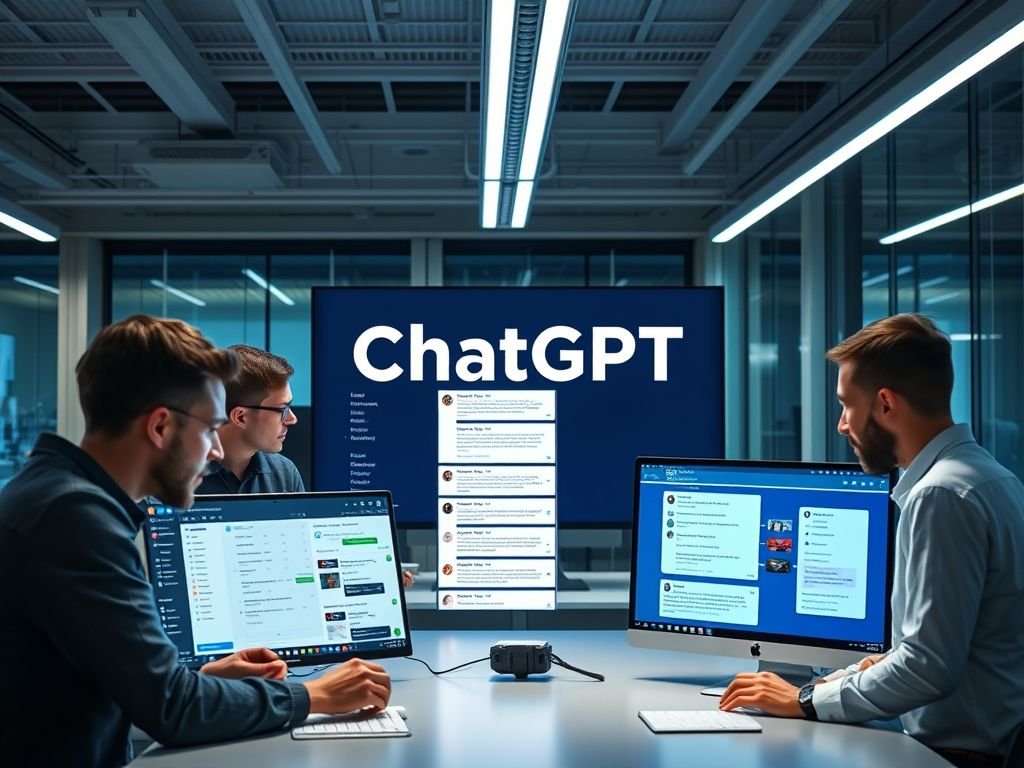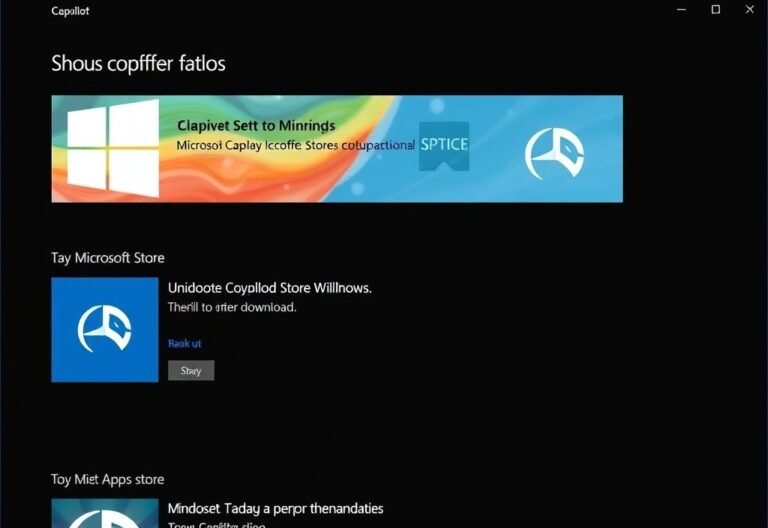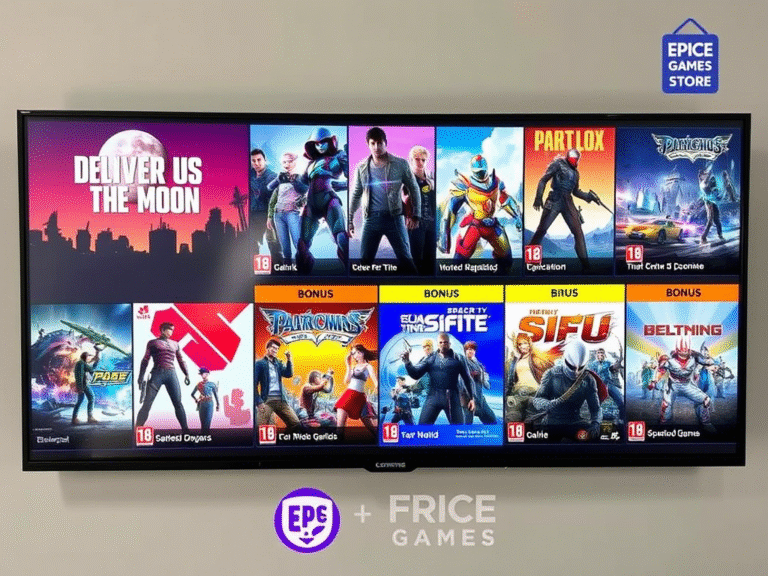New ChatGPT Changes Roll Out Based on What Users Actually Asked For

New ChatGPT Changes Roll Out Based on What Users Actually Asked For
Just days after launching GPT-5 — its most advanced AI model yet — OpenAI is already making significant changes in response to widespread user feedback. What began as a full replacement of older models like GPT-4o and o3 has quickly evolved into a more flexible, user-friendly approach, as frustration mounted over strict message limits and the sudden loss of familiar tools.
The initial rollout saw ChatGPT automatically switching all users to GPT-5, removing access to legacy models. While the upgrade promised better reasoning and deeper understanding, many Plus subscribers were left disappointed by the new 80-message limit every three hours. Once that cap was hit, users were downgraded to GPT-5 mini — a less capable version — breaking the flow of work and creativity for power users who once enjoyed unlimited access to models like o3 and o4 mini.
Listening to Users: What’s Changing This Week
In a rare move, OpenAI has acknowledged the concerns and rolled out a series of rapid updates — some already live, others coming soon:
- Double the limits — at least for now: Over the weekend, message caps for ChatGPT Plus and Team users have been doubled, giving subscribers more breathing room while the company fine-tunes the system.
- GPT-5 mini and GPT-5 Thinking are on the way: Starting next week, lighter versions of GPT-5 will be available to keep users running smoothly once their main limit is reached — similar to how o3 and o4 mini worked before.
- More control over models: Users can now manually select GPT-5 Thinking and GPT-5 Pro directly from the model picker in the ChatGPT interface, giving advanced users more transparency and choice.
- GPT-4o is back — for now: In a clear nod to user preference, OpenAI has restored access to GPT-4o for Plus and Team subscribers. It’s not visible by default, but users can enable it by toggling the “Show legacy models” option in the web app. This means you’re no longer forced onto GPT-5 if your workflow depends on the older model.
What Sam Altman Said in the Reddit AMA
During a candid Reddit AMA session with key OpenAI team members, CEO Sam Altman addressed the backlash head-on. He confirmed that the team is actively monitoring how much users are relying on GPT-4o — and that its long-term availability will depend on real usage patterns.
“We heard you,” Altman said. “We wanted to move fast with GPT-5, but we also don’t want to break what people depend on.”
He also admitted that the autoswitching system glitched during launch, causing some users to get poor responses or incorrect model routing — a technical hiccup that added to the frustration.
Future Plans: A New Tier Between Plus and Pro?
One of the most interesting reveals from the AMA: OpenAI is considering a new subscription tier between ChatGPT Plus ($20/month) and Pro ($200/month). This could appeal to professionals and teams who need more than the basic Plus plan offers but aren’t ready to commit to the high-end Pro package.
As for long context windows — a feature many developers have begged for — OpenAI says demand hasn’t been high enough to prioritize it yet. Michelle Pokrass from the team shared that they wanted to offer up to 1 million tokens in GPT-5, especially for API users, but were held back by GPU constraints and compute costs.
“We’re pushing the limits of what’s possible,” she wrote, “but we also have to make tough calls on where to focus.”
A Shift Toward User-Centric AI Development
What stands out from this week’s updates isn’t just the technical changes — it’s the shift in tone. OpenAI, often seen as moving fast and breaking things, is now showing a willingness to slow down, listen, and adapt.
By restoring access to GPT-4o, expanding limits, and opening up about its constraints, the company is signaling that it values its 700 million+ global users not just as customers, but as partners in shaping the future of AI.
For now, the message is clear: your feedback matters — and it can actually change how AI evolves.





